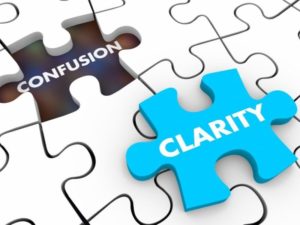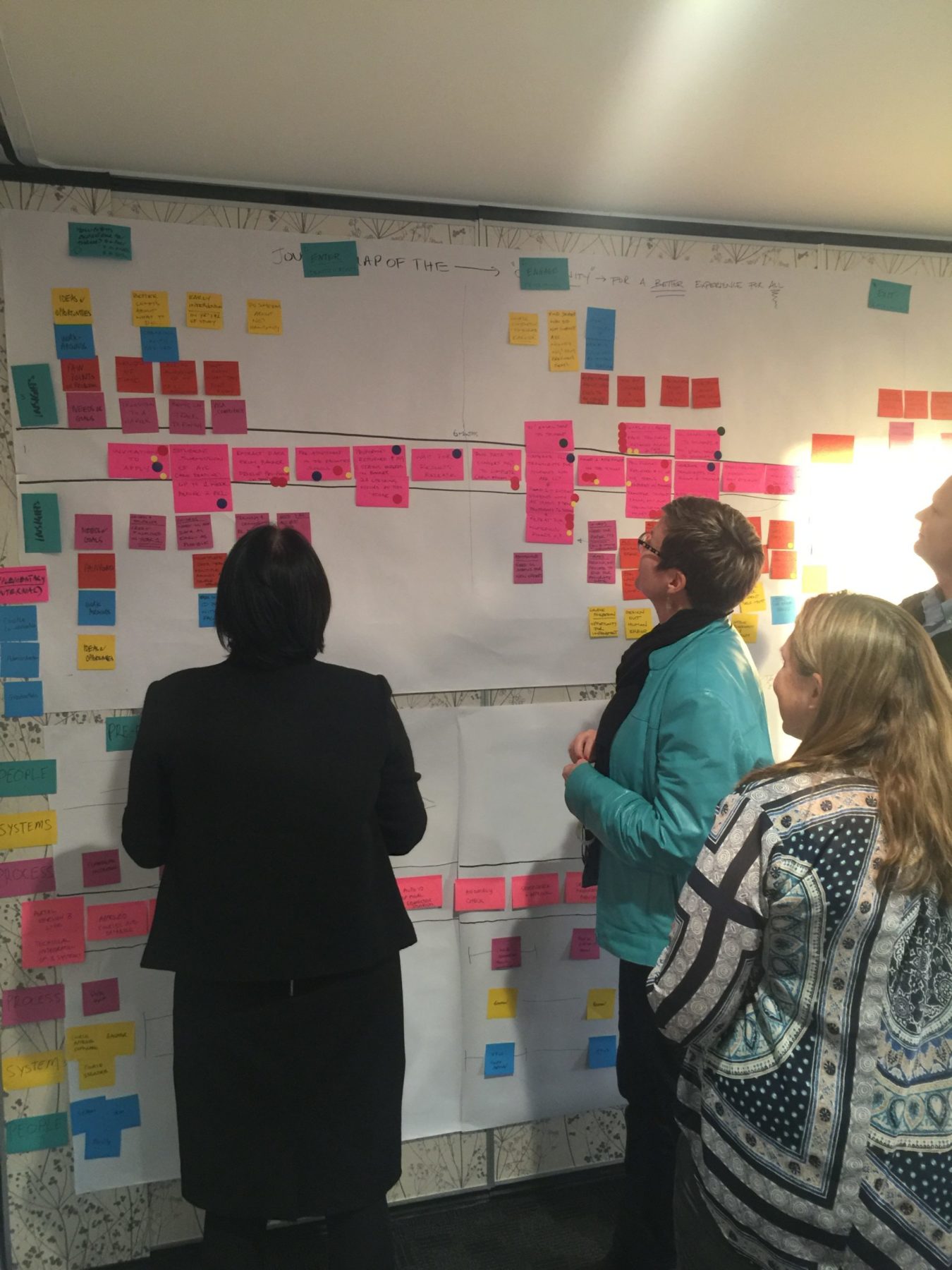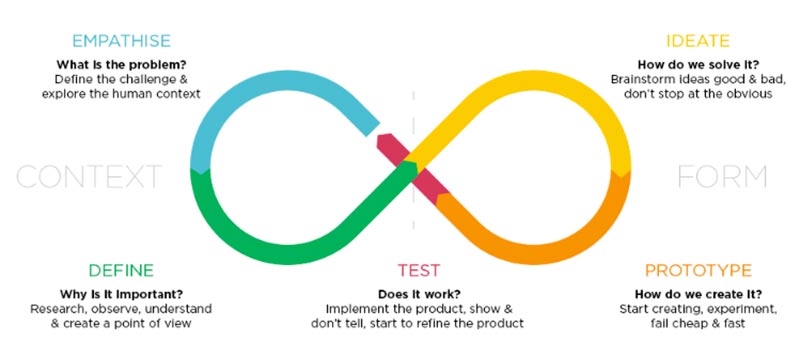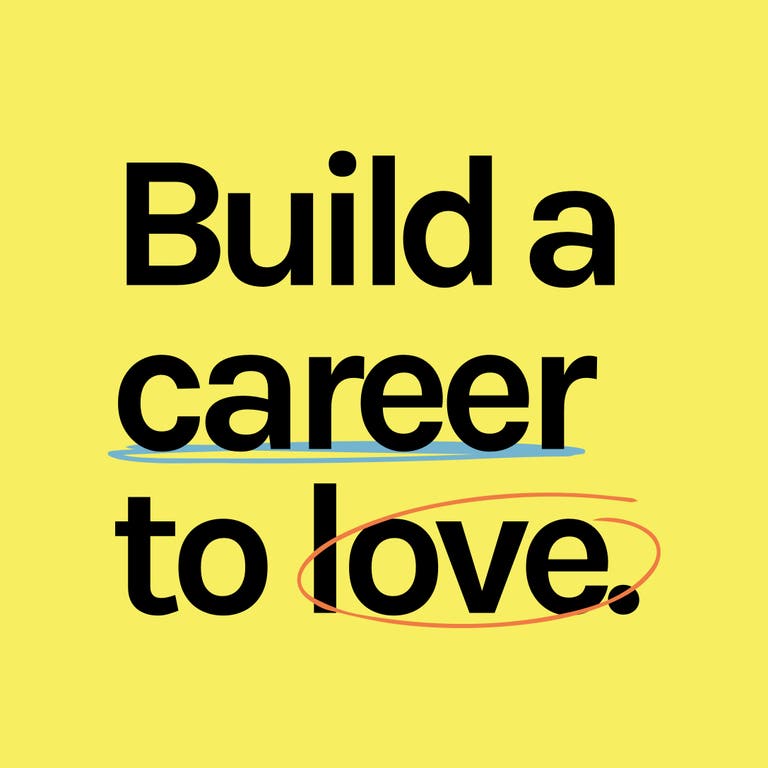Can you feel it? It seems to be everywhere and all around us. The groundswell – a rising tide of expectation and anticipation about our work – both what we do, how we are working, and the impact we can have.
Groundswells are great – they bring with them a sense of excitement, but also fear. And this one is no different. In fact its quite unprecedented.
Why? Partially because we are blessed and challenged with the longest lives in human history. No-one looks to be retiring at 50 anymore, so for most of you reading this – whatever you’re doing now is just the start. It looks like you will have another whole working life ahead of you. Linda Gratton writes about this in her book “the 100 year life” and cites that if you are now 20 you have a 50% chance of living more than 100, and if you are 40, you have a 50% chance of living into your late 90s. The traditional 3 stage career model – get an education, get a career, and retire – is all about gone. It’s more likely we will do 2 or 3 of these cycles in our lifetime.
Partially because we are now surrounded by so many more real problems than those that existed 20 years ago when many of us started out in our work – whether its climate change, data privacy, or simply the rise of global inequality – there’s some real problems and opportunities to create big change in the world and some of us want to get working on them!
Partially because we are bombarded every day through social media with new ways of working and overnight stories of people starting business in their lounges and selling them for $1b a year later. The lure of the dot.com billionaire is challenging our expectations of working for a 40 hour week, and some of us want to have a crack at it.
Partially because of the exponential rate of technological change which is enabling us to access skills, training, content, knowledge and resources freely from almost anywhere in the world, in the click of a mouse. According to Ray Kurzweil – a scientist and futurist who has published a lot of commentary on the Law of Accelerating returns – the 21st century will achieve 1000 times the progress of technological advancement, as in the 20th century. It’s dizzying trying to keep up.
And partially – and simply – because human consciousness is rising and our desire to do good in the world is becoming the new religion. Social movements and enterprises are now the new normal. If you’re not yet a B-corp, you might want to start thinking about it.
So if you’re not already challenging the way you are working, you probably will be soon. And will join the thousands of others that are acting on these shifts in expectation. More and more people are figuring out that what they value, what matters to their happiness, and that having a sense of purpose is what will get them through living and possibly working till your 70. And that without activating your goals, taking risk and striving to have more, you must accept that what you have is enough.
And companies are also responding. Smart organisations are realising that they need to work hard to have a clear growth and innovation strategy to survive in a world that won’t stop changing exponentially – that the phrase evolve or die – has truly never applied to any other generation like it does today. They are getting their story together – on their purpose, where they want to be in the world, and what they value, and what kind of people they want on their team – their tribe. Arguably companies are becoming the churches of our generation with those that are succeeding doing so because they are creating places to work that feel like an extension of home.
So what’s the problem? Unfortunately not all companies are moving fast enough. The pressure is on. What we collectively need more than anything right now is alignment. Between owners and employees. Quickly. And to get that alignment, we have to change the dialogue we are having within our organisations.
Our fundamental belief is that what lies at the heart of the problem is static structures – hiring for competencies over capabilities, combined with blunt instruments of change. The norm of re-organisation, restructure and redundancy is being seen for what it is – costly and ineffective.
It’s time for a new age – an age of dialogue. An age of co-creation, an age of creativity, an age of alignment – where we can have adult conversations between our owners and employees. Where together we are on the hunt to find natural fit and unlock creativity through creating a culture that embraces uncertainty, and that communicates direction over directives, that enables co-creation over commands, and values are no longer platitudes for company walls – they are tribal signals to ‘come work with us’ if you share what we believe and ‘lets together do great things’.
We believe this because it’s a human truth, that we are all innovators. It’s the ultimate trait of human endeavour. Charles Darwin was originally famous for saying “It is not the strongest of the species that survives – nor the most intelligent – but the one most responsive to change”.
Over the past 5 years we have worked with hundreds of executives individually and over 15 organisations, enabling them to create new futures for themselves and their organisations.
What we have studied and learned is that there are 3 fundamental – and remarkably simple things – everyone who is striving wants:
1. Creativity. The ability to play, to create, to build, to imagine, to make. We were all creative when we were children but over the decades it’s been beaten out of us. Pablo Picasso is famous for saying “Every child is an artist – the problem is remaining one as we grow up”. We have created systems and controls in our organisations, paradigms and ways of working that have now become normal, that undoubtedly stifle creativity. We are no longer risk takers – we are putting people into jobs that become stale, and then we wonder why they no longer are creative, productive and leave. Creativity is an innate human talent – and we believe there are two types. People with pure Creative ABILITY – the visualisers the engineers, the artists, the storytellers. These are the ones that naturally will gravitate to roles with creativity in their control. What we have to do is enable them to express their creativity and unleash it. That’s where those with Creative POWER come in – with the ability to harness creativity and align it to organisational strategy – turn creative ideas into commercial outcomes – the role of design management, innovation and transformational change. We need to allow more people – all people – to express their creativity in work, and we can do this more through increasing our dialogue and understanding of how their creativity manifests and what their creative expression is.
2. Impact. We all want to leave a legacy. It’s unlikely anyone wants their legacy being “I’m proud of having written 1050 PowerPoints, analysed 300 spreadsheets, and attended 10000 meetings”. We want to work for causes, we want to work on big ideas and in organisations that share our values. This is when the magic happens. When we are aligned on the amount of impact we can create and feel excited every day when we wake up that we are working for a cause that aligns to our higher sense of purpose on his planet. If we’re not, we’re in the wrong place. And the longer we stay, the more unproductive, un-motivated, anxious, and eventually toxic we will become.
3. Learning. We learn through failure mainly, which comes from experimentation. We learn through taking risks and trying. We learn by doing. We don’t learn by being told, and we don’t learn by being made to feel wrong, unwanted or on the outer. We have to enable people to learn – it’s a natural human desire to progress and to discover. Maslow calls this Novelty and put it at the top of his human pyramid right up there with self-actualisation. When we learning dopamine is released in our brain – the natural ingredient for excitement and motivation. Without it motivation wanes and our natural sense of self-worth starts to erode. If you can’t help your people learn with you – let them learn with someone else. Enable them – with the capability skills and tools to leave well – not with a pay check and a person to help them reorganise their CV. Enable them with confidence and learning tools about what else they can do and become – just cause it’s not with you – its ok.
These three dynamics show up every day, in every conversation we have with executives looking to leave their sae jobs. At all levels – from MDs, GMs, Legal partners, Senior consultants, Accountants, Marketing Managers, Engineers, Scientists, Analysts – the list goes on. It’s a common and in some ways obvious pattern – without satisfying these needs, you will, categorically, absolutely, eventually, lose your talent.
So how do you do it ahead of the wave? We believe companies now need to design their organizations to embrace this evolution of human needs. We believe this can be achieved by focussing on creating 3 core cultural strategies – all driven by creative leaders with a growth mindset;
- Ensuring you have alignment on values between you and your staff. By enabling them to ‘self-identify’ in a safe forum to discover if they are aligned. And if not, provide them with support to move to an organisation that is – maybe one in your value chain or your client pool – moving talent to where talent thrives.
- Unlocking new or latent productivity. Changing the dialogue with employees to unlock their creative talent or power – it’s all there – it just needs permission to be utilised. The fastest way to do this is through time – time is the biggest blocker of creativity. And a good process. We use human centred design which is ideal for solving complex problems with multiple players involved.
- Creating sustainability. By changing the way, we are communicating the future with employees. Including them in the dialogue about future direction – co-creating with them options and allowing them to have impact where they are right now. The rise of intraprenuership programmes and internal venture schemes around the world in organisations like IBM, Coca-Cola and here in NZ at ASB are evidence of how we can sustainably motivate and create value from within our existing talent pool.
As an outcome of fostering a culture of creative leadership, you will allow people to become open to experimentation which will leave you well placed to be sustainable and scalable into the future.
Put simply – start by not putting people into a ‘job’ and managing their outputs – put people into creative projects and motivating the outcomes.
Steve Jobs is famous for saying – “we don’t hire smart people and tell them what to do. We hire smart people who tell us what to do”. That’s the paradigm shift I think we are all on as we move to create business cultures that are all about equality, productivity, sustainability and purpose.
If you would like help evolving your business to embrace Human Innovation, I’d love to hear from you. We work both in New Zealand and globally with courageous companies focussed on getting creative, sustainable value from their employees.





